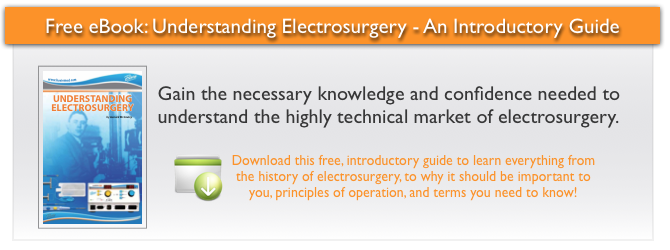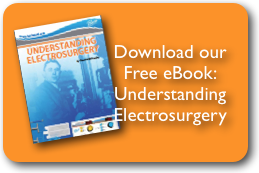 Warts are annoying and unsightly, but modern medicine is constantly devising new ways to treat them. Aside from chemical treatments, which can cause allergic reactions or blistering, physicians can rely on surgical methods with state-of-the-art devices to quickly and safely remove the growth. In the past, a blade may have been the only choice for wart removal. Today’s devices offer options for electrosurgery, laser treatment, and cryotherapy.
Warts are annoying and unsightly, but modern medicine is constantly devising new ways to treat them. Aside from chemical treatments, which can cause allergic reactions or blistering, physicians can rely on surgical methods with state-of-the-art devices to quickly and safely remove the growth. In the past, a blade may have been the only choice for wart removal. Today’s devices offer options for electrosurgery, laser treatment, and cryotherapy.
The Evolution of Wart Removal Devices
To really understand the way wart removal has changed over the years, let’s take a look at the progress made in advanced techniques. The scalpel is still in use, but has, in large measure, been left behind in favor of more sophisticated and effective approaches. Here’s how the procedures compare:
The Blade - This method is called curretage and is a surgical cutting away of the wart under local anesthesia. Unfortunately, the wart can grow back if not all of it is removed properly. In addition, scarring can result. The physician may need to perform curretage several times if the wart grows back.
Electrosurgical Units (ESUs) - Electrosurgery works by sending electrical pulses through the electrode which heats up the tissue near the tip, thus desiccating (drying) the growth. Since it desiccates the wart, there is a dry wound instead of a wet one, reducing blistering and the potential for scarring. Because this method is used by sending an electrical current through the skin, extra precautions should be taken for people who have pacemakers.
Lasers - Both pulse dye and carbon dioxide (CO2) lasers are used in wart treatment. The pulse dye lasers target blood cells while the carbon dioxide lasers target water molecules, however, they both work by vaporizing and destroying the wart tissue. The pulse dye lasers may reduce the potential for scarring, while CO2 laser surgery can be painful, requiring anesthesia, and a greater risk of scarring. Low level lasers can be used on people who have pacemakers, however, since various types of lasers are used in wart removal, it is important to check the manufacturer’s standard for a particular laser in use.
Cryotherapy - Instead of using heat to vaporize the tissue, devices used in cryotherapy cause tissue destruction by freezing cellular fluid. Most devices on the market reach only -55 degrees Celsius, but some go as low as -89 degrees Celsius. They make use of nitrous oxide gas or ether, are portable, and can be single or multiple use devices. Some are flammable, and thus not as safe as the non-flammable versions. In addition, there can be pain at the point of freezing, but generally not enough to warrant the use of local anesthesia.
In general, the lower the device temperature, the more effective it is at removing the wart. However, this can also increase the cost of the device. There are a few devices and companies trying to reach the optimal price point while still providing the benefits of high-tech cryotherapy devices.
Bovie Medical is pleased to be one such company. We have recently developed a disposable nitrous oxide device called Freezpoint™ that is effective to -89 degrees Celsius at a price point that is bound to delight medical offices. For small procedures, it may not require anesthesia and is safe for people with pacemakers. This makes Freezpoint™ one of the safest, most affordable, options available.
For more information on this device, please call us at 1-800-537-2790, in the United States; and +1-727-384-2323 internationally.
Image courtesy via: stockimages/freedigitalphotos.net




